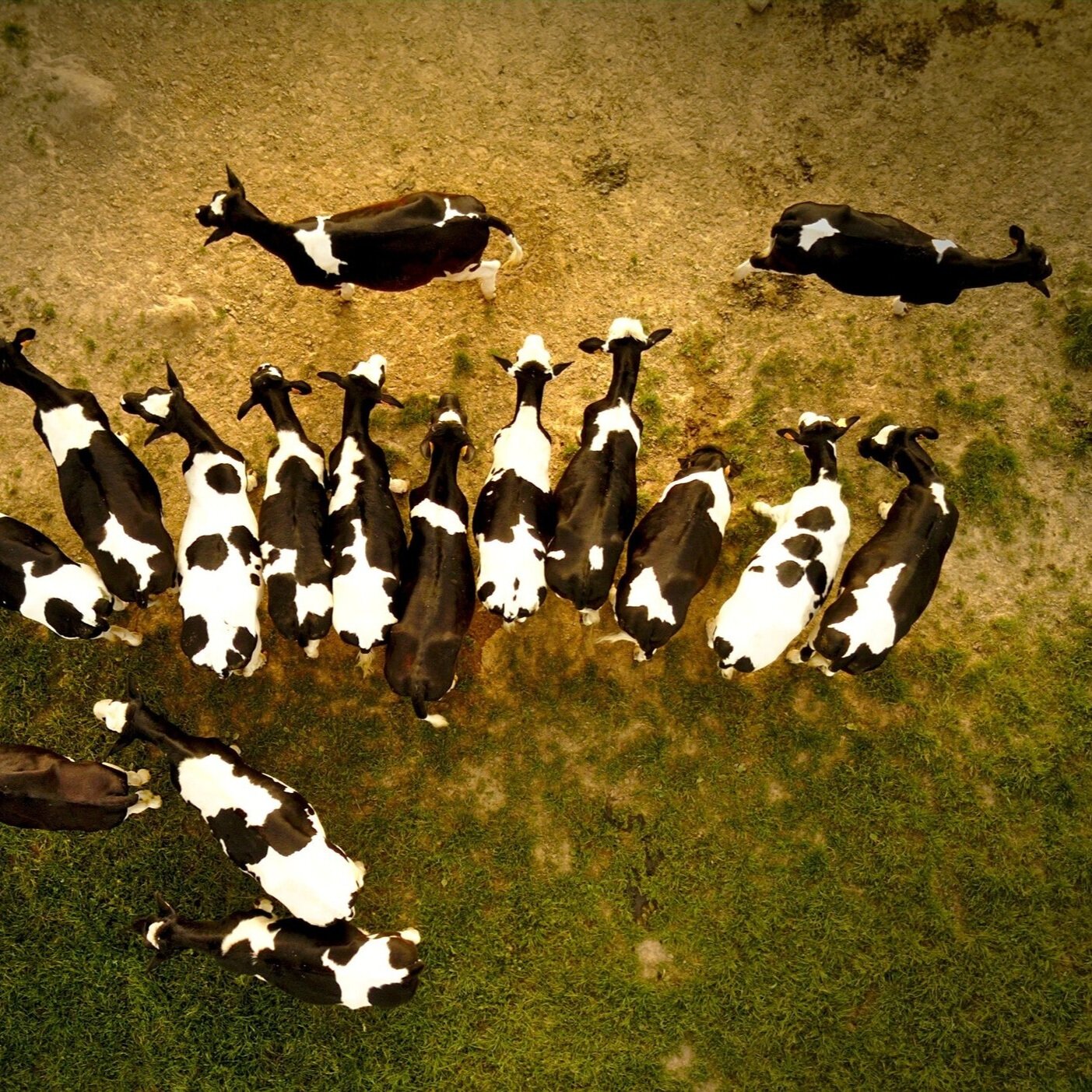
Business Case
Several European countries have already successfully eradicated BVD from their cattle populations and the latest research from BVD Free New Zealand suggests that national eradication could be just as cost-effective for New Zealand with the resources we currently have available.
What makes BVD eradication possible?
BVD has several unique characteristics that make it much easier to eradicate than diseases like bovine tuberculosis (TB) or Mycoplasma bovis.
Almost all new BVD infections are caused by a very small number of persistently infected (PI) animals. Since PI animals constantly shed large amounts of virus throughout their entire life, we can perform diagnostic tests almost any time after birth with almost 100% chance of the results for PI animals coming back positive. If an animal tests negative for BVD virus, it can be certified as being non-PI for life and does not need to be re-tested since animals can only become PI if they get infected with BVD before birth.
Most infected herds will contain fewer than 1 to 2% PI animals (about 1 or 2 PI animals per 100 breeding cows) and you only need to cull these small number of PI animals to get BVD under control. This is unlike Mycoplasma bovis where the whole herd must be culled because the diagnostic tests are not reliable for detecting infected cattle. For BVD, there are also effective commercial vaccines that can help prevent new PI calves from being born in herds where it is difficult to stop susceptible dams getting infected with the virus during pregnancy.
Although BVD can infect other livestock species like sheep or deer, there is a very low risk of cattle herds being re-infected by these animals since the virus is not well adapted to surviving in these other species. This is very different than bovine tuberculosis where wildlife reservoir species like possums play a major role in spreading disease to the cattle populations and are difficult to control.
Why is this the right time for New Zealand to consider national BVD eradication?
New Zealand has a reputation for getting things done when it comes to disease control. Over the past decade, the dairy industry has already significantly reduced the percentage of milking herds with BVD positive cattle from 15% to 5% through the widespread uptake of annual bulk milk screening tests and farmers voluntarily acting on the results to get healthier BVD free herds. The diagnostic laboratories now offer a pooled antibody ELISA test that makes it equally affordable to screen beef herds for active BVD infections. Combined with improvements to the national disease control infrastructure as the result of the Mycoplasma bovis response, this means we now have the technical capacity to better track progress against eradicating diseases.
How have other countries eradicated BVD?
Europe has been the world’s forerunner for national BVD control with many countries already having successfully eradicated and many others on the pathway to eradication with either compulsory or voluntary national control programmes.
Countries to successfully eradication BVD:
Norway, Sweden, Finland, Denmark, Switzerland, and Austria
Countries with compulsory national control programmes:
Germany, Belgium, Ireland, Northern Ireland, and Scotland
Countries with regional or voluntary control programmes:
Italy, Spain, France, England, and Wales
Most national control programmes in Europe have focused heavily on testing individual cattle to find and eliminate PI animals. This process often starts with conducting inexpensive annual bulk milk ELISA or youngstock antibody screening tests to identify herds that may have active BVD infections. These positive herds may then be required to implement additional control measures to remove PI animals or else face additional restrictions on trade. Vaccination may be prohibited in countries that rely on screening herds for antibodies against BVD since this can cause false positive test results.
Many countries with compulsory control programmes also require farmers to test all their calves for BVD within the first few months of life to prevent PI animals from being raised as replacement breeding stock. This is much more easily done in Europe than New Zealand since cattle farmers are typically required by law to implant the national animal identification ear tag within the first few months after birth. There are specially designed tag-and-test devices that can collect labelled ear notch samples for BVD at the same time as the ear tag is implanted.
Another key element to the success of the European control programmes is that most countries have had excellent livestock identification and traceability systems in place since the early 2000s to support national disease control. This has made it easier for regulatory authorities to accurately track changes in BVD status for individual animals and herds over different time periods and over different geographic regions. Furthermore, as the result of experiencing significant trade-limiting infectious disease outbreaks such as foot-and-mouth disease and bluetongue, there also appears to greater social acceptance of regulatory measures to improve national animal health.
What is the best approach for BVD eradication in New Zealand?
The New Zealand dairy and beef farming systems operate differently than the European cattle industries, which means that we need a different approach for tackling BVD eradication. Based on the results from BVD Free computer simulation models, the most cost-effective and logistically feasible approach for a compulsory national control programme is one that simply involves:
Dairy herds: Testing all replacement heifer calves as soon as possible after birth each year to identify and remove PIs prior to the planned start of mating
Beef herds: Vaccinating replacement heifers and mixed-age cows against BVD prior to the planned start of mating each year to prevent the birth of new PI calves
All herds: Improving boundary biosecurity to minimise the risk of new BVD introductions by testing all purchased breeding cattle for BVD and preventing nose-to-nose contact with cattle from other herds over shared fencelines.
Annual bulk milk or youngstock antibody screening tests are also a useful tool for making sure that the control programme is working to prevent BVD transmission.
Over a 10-year period, this programme would conservatively be expected to generate about $650 million in benefits for a total cost of $360 million giving an overall benefit:cost ratio of 1.80. The main advantages of this approach are that the interventions are simple to follow and can be fit easily into the farm management calendar. Eradication could be achieved much quicker if BVD positive herds performed PI hunts to eliminate existing PI animals although this would increase the up-front costs to industry.
It is likely that New Zealand could switch to a more risk-based approach to testing and vaccination in individual herds once the prevalence of BVD decreases to a sufficiently low level. However, in order to more accurately assess the viability of these options, we need better quality data on herd demographics, animal movements, and herd BVD status.





